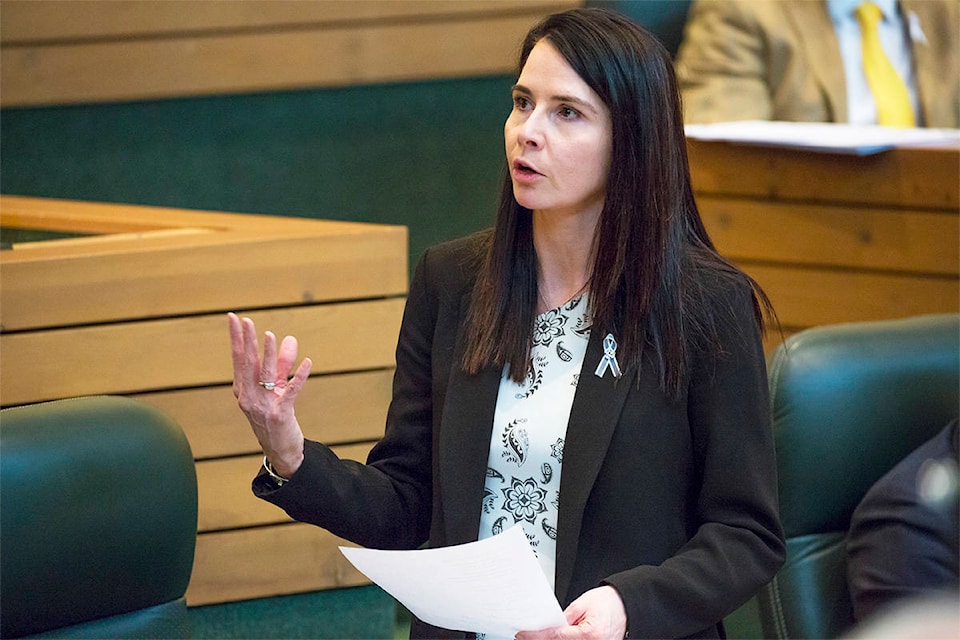There have been tweaks to the Yukon’s tourism strategy since its draft version, including word changes to prevent pigeonholing a crown corporation as the sole tourism model.
Rich Thompson, co-chair of the Yukon Tourism Development Strategy Steering Committee, said there was some concern during the public engagement period that the term wasn’t the best descriptor.
“We wanted to leave latitude for a broader look and not presuppose what a task force is going to conclude there,” he said. “We just didn’t want to be as restrictive as we’re being by saying it was going to be a crown corporation.”
The Yukon Tourism Development Strategy was unveiled on Nov. 23. It recommends turning the territory into a year-round travel destination, sustainable tourism, data collection, and infrastructure improvements, among other things.
“It is truly a historic day for Yukon,” said Jeanie Dendys, minister of tourism and culture, at an information session the day the strategy was released. “First new tourism strategy for 18 years, so it’s a long time coming.”
There were 55 engagement sessions hosted. More than 500 Yukon residents submitted over 12,000 comments on the strategy.
In September, the News published a story about the draft plan, which suggested turning the Department of Tourism into a crown corporation.
The prospect isn’t off the table entirely.
“Tourism governance models,” the strategy says, can include a private-public partnership, a special operating agency or a crown corporation.
“We’re still committed to looking at and considering a new governance model that would combine government and industry capabilities together in a more corporate framework, as is the case in so many destination organizations across Canada, and those models are the ones we’re looking at and will likely follow,” Thompson said.
Another adjustment made in the strategy, compared to the draft plan, has to do with clarifying the increase of tourism revenues, the target being roughly $526 million by 2028, about a two-fold increase.
In the draft plan, Thompson said, this increase was said to take place over 10 years. It’s more like 12, however, with the annual baseline revenue figure beginning in 2016, which was roughly $263 million then.
“There was some confusion around that and people were worried that we were suggesting too high a growth rate, when the calculation made over a 10-year term instead of a 12-term, so we clarified,” he said. “Those who were trying to interpret it from the way we worded it were thinking that it was close to a seven per cent per annum growth rate and that might be a little ambitious.”
Broken down, the targeted increase is pegged at a growth rate of 5.93 per cent per year, compared to 5.3 per cent in 2016.
Laying out revenues by year was another change of itself to “help people understand” the ramping up of growth.
“There has never been a statement about what exactly the growth target is for tourism,” Thompson said. “You have a measurement that is both rational and something that you’re achieving. Stating the goal numerical and measuring annually against your progress on that is an important step in achieving an outcome.”
In line with the draft plan is to hook the support of locals – at least 80 per cent of them, anything less of that being a “recipe for failure,” Thompson said.
“We want the industry to resonate with the local population in a large majority way and we always want to be measuring that and we always want to be sure that the tourism industry and its participants are in lockstep with Yukon residents,” he said.
Tracking the attitudes locals have of Yukon tourism has never occurred before, Thompson said, meaning it’s unclear what the percentage would look like now.
A survey will be developed over roughly one year, according to the strategy.
Contact Julien Gignac at julien.gignac@yukon-news.com
